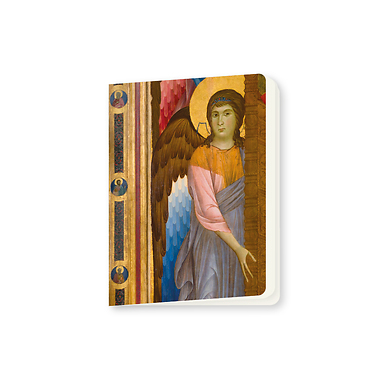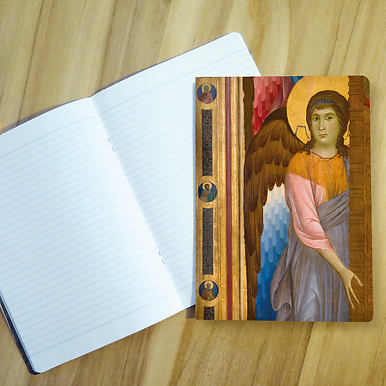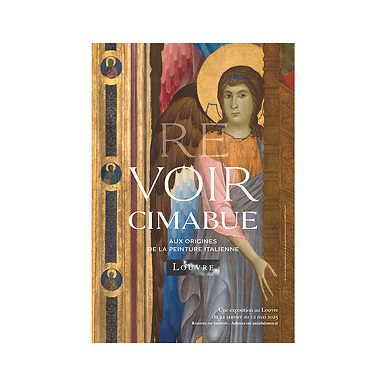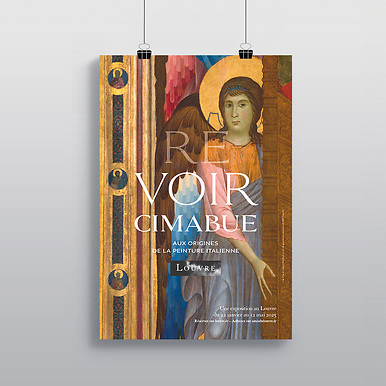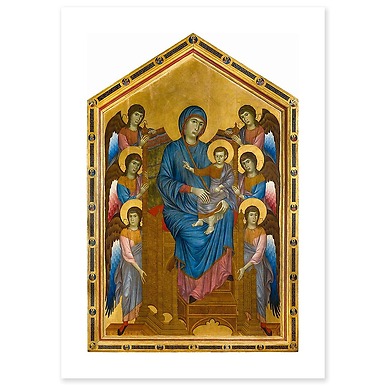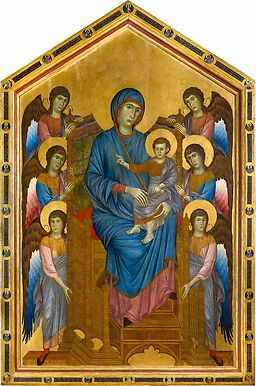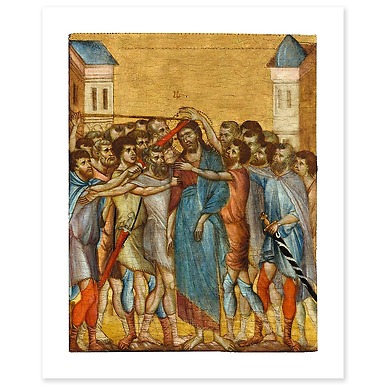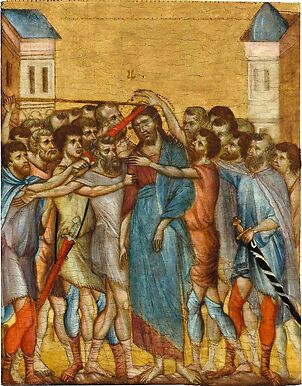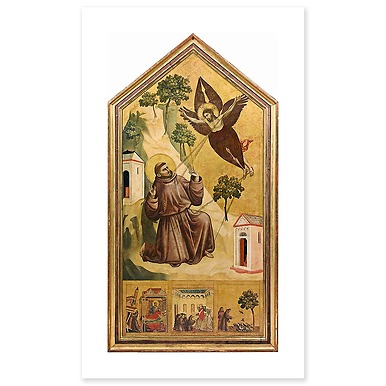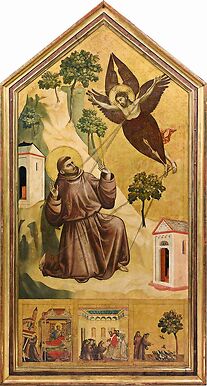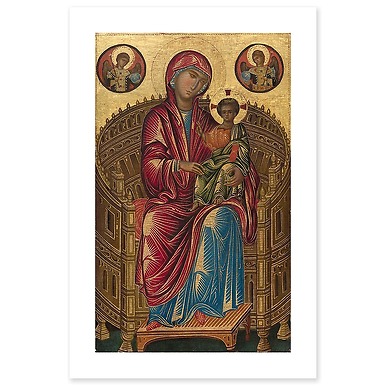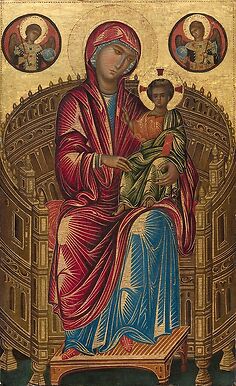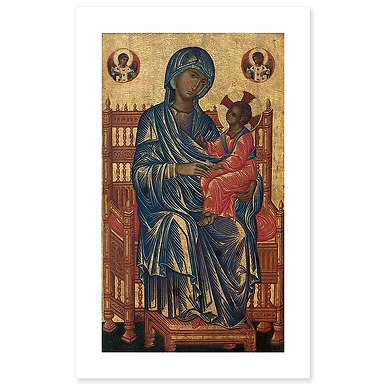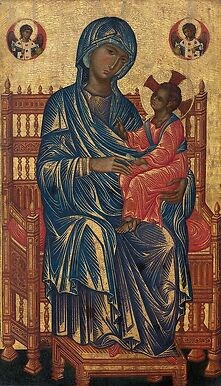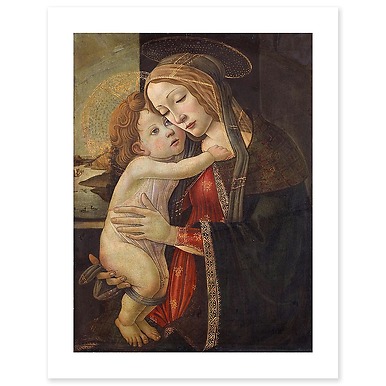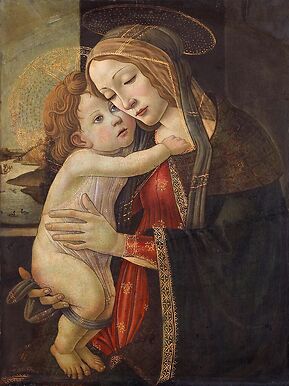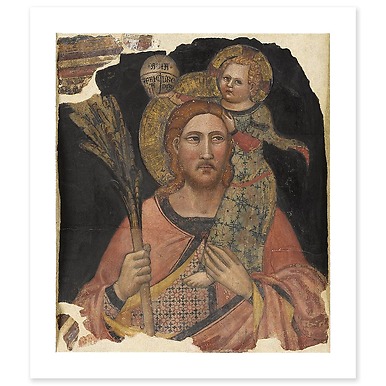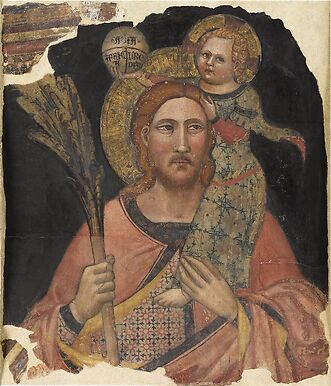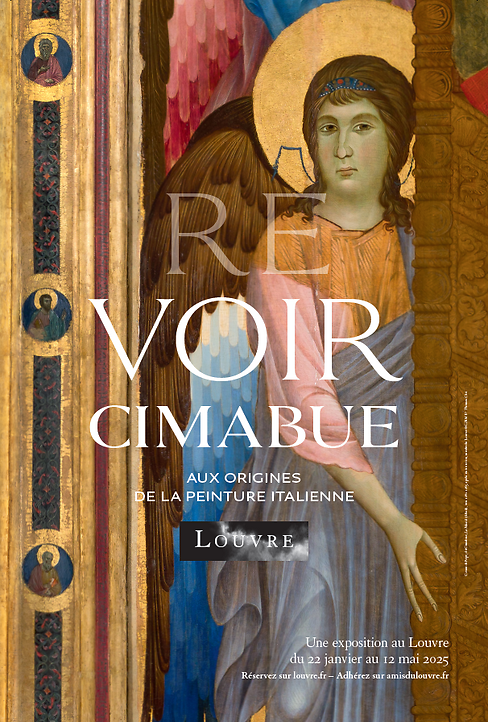
A New Look at Cimabue
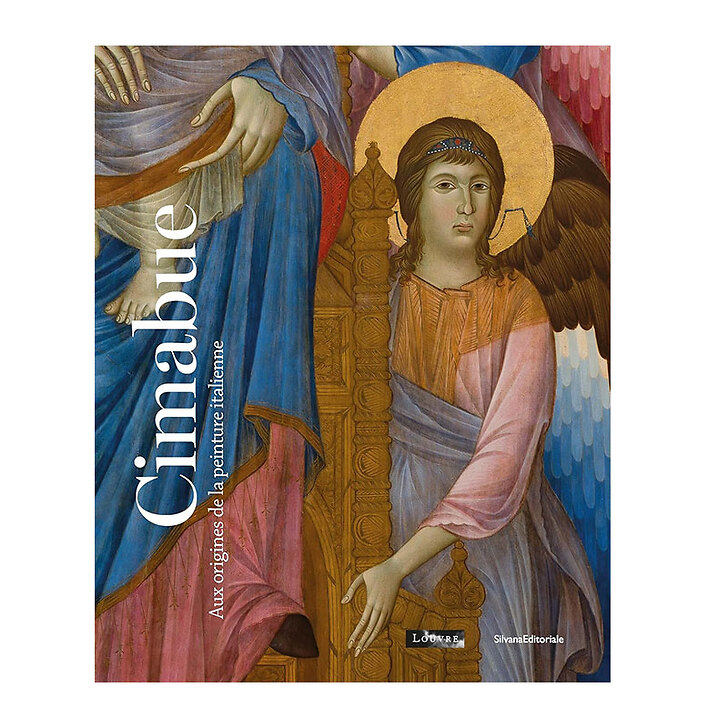
Exhibition Catalogue Cimabue Aux origines de la peinture moderne en Occident
- Current price€ 42

A New Look at Cimabue
At the Origins of Italian Painting
For the first time in the history of the Louvre Museum, Cenni di Pepo, known as Cimabue, a major painter of the Italian pre-Renaissance period, is the subject of an exhibition devoted entirely to his work. Considered one of the most influential artists of the 13th century, the Italian painter and his unique pictorial vision revolutionized Western painting. By seeking to represent the world, objects and bodies as they exist, and emotions as they manifest themselves, Cimabue contributed to the renewal of Christian painting, departing from Byzantine art and introducing into his works a naturalism that was surprising for its time.
Entitled "A New Look at Cimabue", this original retrospective presents some forty works based around two paintings, Maestà and La Dérision du Christ.
The second is a panel rediscovered in France in 2019, restored and then classified as a national treasure. It is now in the collections of the Louvre.
The first, restored in 2024, symbolizes Cimabue's renewal of religious iconography. Its restoration has made it possible to rediscover and highlight the variety and subtlety of the colors, from the blue of the Virgin's dress to the gold of the halos, which reflect light like a mirror.
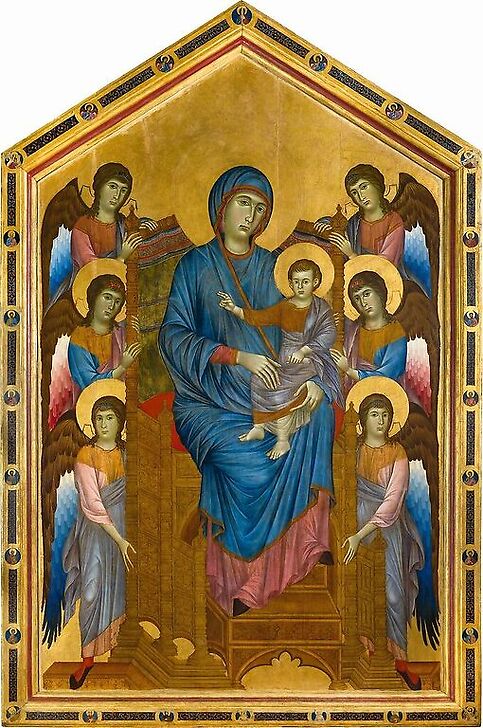
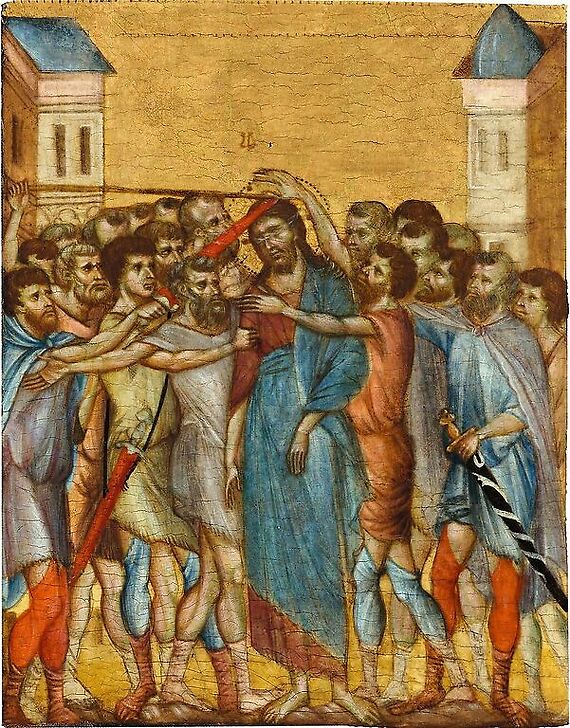
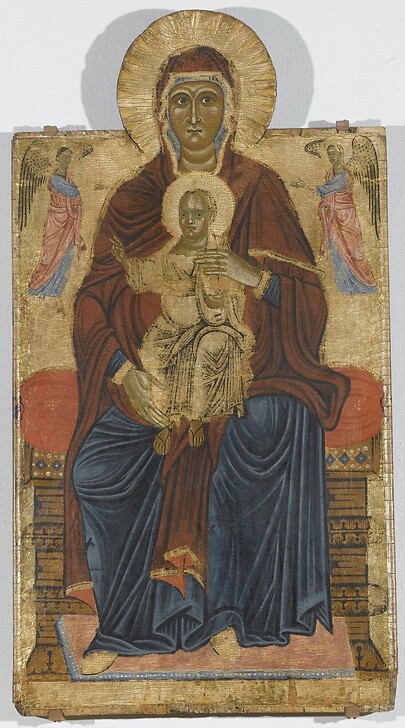
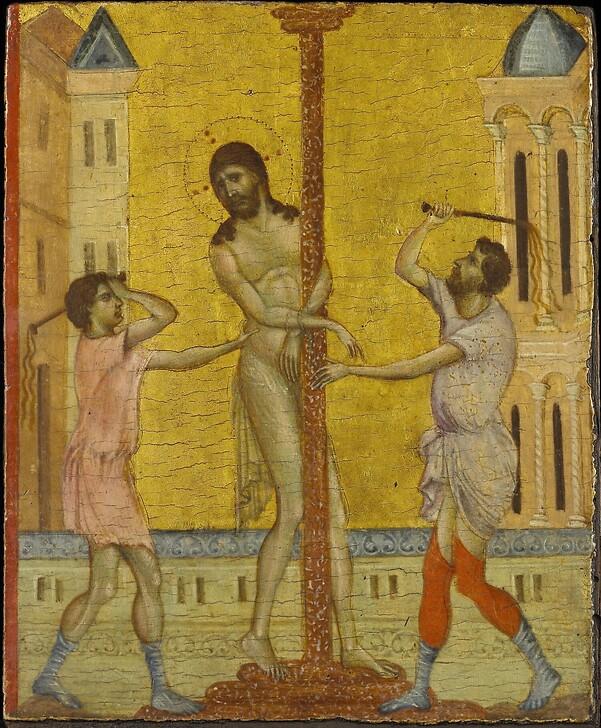
The exhibition explores some of the work of Duccio di Boninsegna, a Sienese painter strongly influenced by Cimabue, of whom he is said to have been a pupil. The presentation of Cimabue's dyptique - a first - enables us to better identify the influences that guided Duccio's hand in the creation of his own Maestà, commissioned by the city of Siena at the dawn of the 14th century.
Finally, the presentation of the Saint Francis of Assisi receiving the stigmata by Giotto, a talented disciple of Cimabue, fully reveals the legacy left by the master. Originally intended to occupy the same location as the Maestà in the Louvre - the tramezzo of Pisa's San Francesco church - this painting is a manifesto of Cimabue's influence on Western painting, marking and inspiring a new generation of artists long after his death in 1302.


